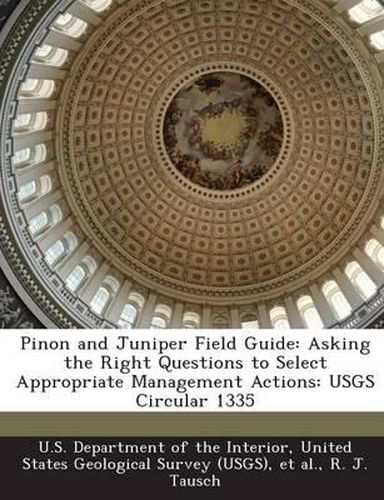Readings Newsletter
Become a Readings Member to make your shopping experience even easier.
Sign in or sign up for free!
You’re not far away from qualifying for FREE standard shipping within Australia
You’ve qualified for FREE standard shipping within Australia
The cart is loading…






Pinon-juniper woodlands are an important vegetation type in the Great Basin. Old-growth and open shrub savanna woodlands have been present over much of the last several hundred years. Strong evidence indicates these woodlands have experienced significant tree infilling and major expansion in their distribution since the late 1800s by encroaching into surrounding landscapes once dominated by shrubs and herbaceous vegetation. Both infilling and expansion affects soil resources, plant community structure and composition, water and nutrient cycles, forage production, wildlife habitat, biodiversity, and fire patterns across the landscape. Another impact is the shift from historic fire regimes to larger and more intense wildfires that are increasingly determining the future of this landscape. This publication helps biologists and land managers consider how to look at expansion of woodlands and determine what questions to ask to develop a management strategy, including prescribed fire or other practices.
$9.00 standard shipping within Australia
FREE standard shipping within Australia for orders over $100.00
Express & International shipping calculated at checkout
Pinon-juniper woodlands are an important vegetation type in the Great Basin. Old-growth and open shrub savanna woodlands have been present over much of the last several hundred years. Strong evidence indicates these woodlands have experienced significant tree infilling and major expansion in their distribution since the late 1800s by encroaching into surrounding landscapes once dominated by shrubs and herbaceous vegetation. Both infilling and expansion affects soil resources, plant community structure and composition, water and nutrient cycles, forage production, wildlife habitat, biodiversity, and fire patterns across the landscape. Another impact is the shift from historic fire regimes to larger and more intense wildfires that are increasingly determining the future of this landscape. This publication helps biologists and land managers consider how to look at expansion of woodlands and determine what questions to ask to develop a management strategy, including prescribed fire or other practices.